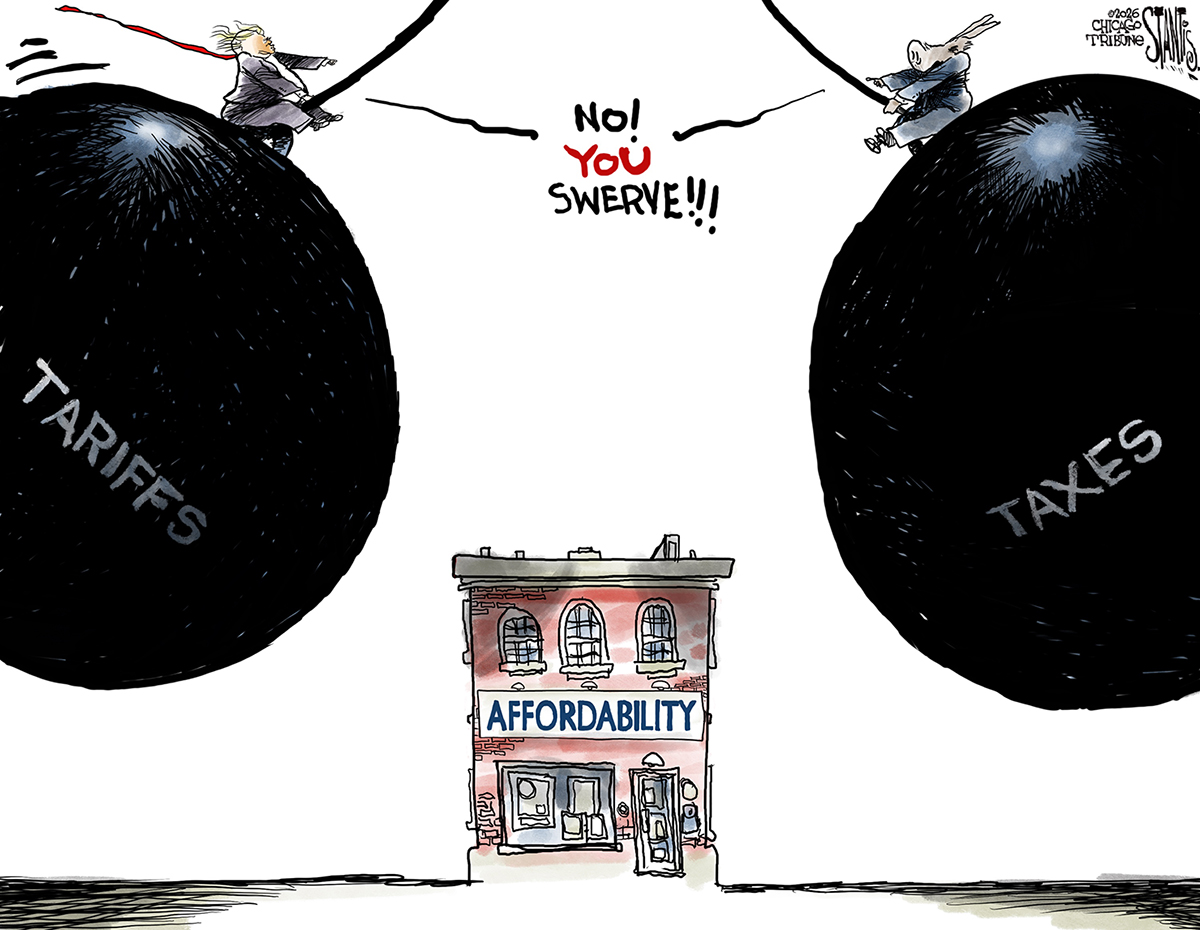How spiral galaxies get their arms
Using new simulation software, astrophysicists demonstrate just how these cosmic spin-cycles begin — and why they probably never stop

The majority of galaxies aren't spiral shaped. Most of the non-spiral ones are comprised of stars, planets, gas, and other cosmic dust clustered together, like a boring bowl of trail mix with all the M&Ms picked out. That stasis is partly why astrophysicists have long been enamored by the perplexing beauty of spiral galaxies, such as our own Milky Way. Spiral galaxies are a clear minority in the universe (just 15 percent of all galaxies spin), and they tend to raise more questions than they answer.
For instance, are a galaxy's arms transient, merely a phase in its ongoing evolution? Or is the swirling, mesmerizing spin-cycle reflective of something stable, and quite possibly self-sustaining?
The answer, according to new research, may be the latter. Researchers from the University of Wisconsin and the Harvard-Smithsonian for Astrophysics have built an advanced new breed of simulation software to model just how disk galaxies form in the first place.
The Week
Escape your echo chamber. Get the facts behind the news, plus analysis from multiple perspectives.

Sign up for The Week's Free Newsletters
From our morning news briefing to a weekly Good News Newsletter, get the best of The Week delivered directly to your inbox.
From our morning news briefing to a weekly Good News Newsletter, get the best of The Week delivered directly to your inbox.
According to Space.com, the program allowed researchers to "follow up to 100 million hypothetical stellar particles being tugged at by gravity and other astrophysical forces." This allowed astrophysicist Elena D'Onghia and her team to create a video animation of a spiral galaxy coming into its own:

Using the model, the team found that star-creating molecular clouds, which are sometimes called stellar nurseries, tug and prod at a flat galaxy to initiate spin. Researchers affectionately refer to these molecular clouds as "peturbers."
"Past theory held the arms would go away with the perturbations removed, but we see that (once formed) the arms self-perpetuate, even when the perturbations are removed," D'Onghia told Space.com. "It proves that once the arms are generated through these clouds, they can exist on their own through gravity." In other words, unlike a pinwheel that needs a constant stream of air to keep spinning, once a spiral galaxy gets going, it probably doesn't stop.
A free daily email with the biggest news stories of the day – and the best features from TheWeek.com
-
 Political cartoons for January 18
Political cartoons for January 18Cartoons Sunday’s political cartoons include cost of living, endless supply of greed, and more
-
 Exploring ancient forests on three continents
Exploring ancient forests on three continentsThe Week Recommends Reconnecting with historic nature across the world
-
 How oil tankers have been weaponised
How oil tankers have been weaponisedThe Explainer The seizure of a Russian tanker in the Atlantic last week has drawn attention to the country’s clandestine shipping network